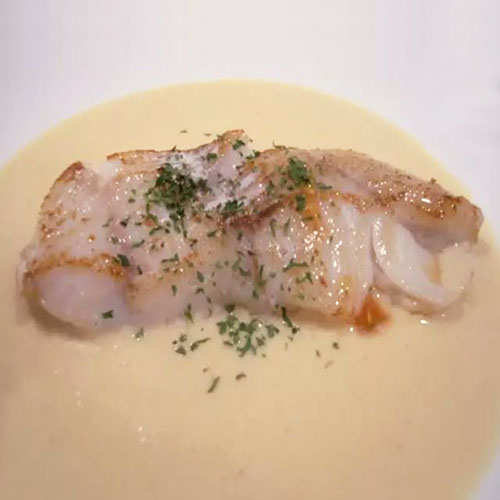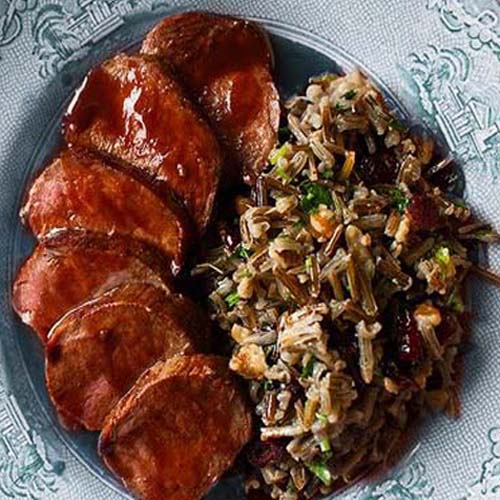
Dolly’s Chop House
“Among our many follies was calling in for steaks at Dolly’s…” Thomas Jefferson
Gentlemen’s clubs had their origins in the coffee and chop houses spawned during Queen Anne’s reign. Among these, few were as enduring and beloved as Dolly’s. From humble beginnings it became an institution in Georgian London and survived into the Regency and beyond. As legend has it, Queen Anne gave the original premises, which had housed a tavern called Tarleton’s, to her favorite cook Dorothy, or Dolly as she was known, a gesture acknowledged on a window of the coffee-room which bore a painted a head of Queen Anne.
Back in the day, Dolly’s signage was a portrait of its redoubtable owner dashed off, it is said, by Thomas Gainsborough. Alas, nobody knows what became of it so the only images we have of this entrepreneurial woman are inventions such as the engraving (above left) by George Cruickshank from Caulfield’s Portraits, Memoirs, and Characters of Remarkable Persons, from the Revolution in 1688 to the End of the Reign of George II (1820).
Little is known about Dolly herself. She was evidently a good cook and businesswoman, and understood her clientele. She created a cheerful, clubby atmosphere, charged handsome prices, and employed a team of handsome young women to work the front of house. What gentleman would quibble over the bill, having enjoyed both a good meal and a steady procession of eye candy offering extra gravy? Dolly differentiated her chop house by serving her steaks fresh off a large grill fancifully supposed to have been continuously burning for a century. At a time when beef was usually roasted and steaks carved off, Dolly used a barbecue technique.
The tender, juicy results inspired many glowing reviews, and her patrons included writers and artists of the day who would later become greats: Fielding, Dryden, Pope, Defoe, Sheridan, Sir Joshua Reynolds, Hogarth, Purcell and Handel, just to name a few. In 1786 Thomas Jefferson and a friend dropped in on a whim and enjoyed the company and atmosphere so much, they passed up another invitation for the evening and wrote this apology:
One among our many follies
Was calling in for steaks at Dolly’s
Whereby we’ve lost – and feel like Sinners
That we have miss’d much better dinners
During its long, illustrious history, the chop house passed through a few sets of hands and also moved its premises Ownership through the years is a bit of a mystery, but some time around 1830 it was purchased by Thomas Howell, a farmer’s son from Shropshire. He remained the owner until November 1847, when it appears he assigned some personal effects to creditors.
In June 1844, Howell appeared as a witness against a man who had dined at Dolly’s and sought change for a stolen bank note of £100, part of the proceeds of a bank robbery. The case generated excitement because it seemed the robbery was an inside job, and the defendant had been manager of the bank and was previously tried for the theft and acquitted because the evidence could not be found. At last he had made the mistake of putting one of the banknotes back in circulation so that he could enjoy a fabulous steak dinner at Dolly’s.
Dolly’s Chop House in Queen’s Head Court.
In 1846, The Literary Garland, and British North American Magazine published a piece about Dolly’s, describing how visitors could locate it, coming from Newgate Street: “down a quiet court, silent as a cloister, and on the right hand side you will see Dolly’s Chop-House.” The pice mentioned Howell as the owner, and according to the un-named writer, in its century or more of existence, Dolly’s had earned its celebrated status, serving its legendary steaks to a long list of celebs like Oliver Goldsmith, Joshua Reynolds and Richard Brinsley Sheridan. Some of the men who dined and socialized at Dolly’s went on to found clubs like the Essex Club.
Read More
Callow, Edward. Old London Taverns. London. Downey &Co, 1899
Caulfield, James. Portraits, Memoirs, and Characters of Remarkable Persons, from the Revolution in 1688 to the End of the Reign of George II. Vols I-IV. London. T.H. Whitely, 1820.
Hayes, Kevin J. The Road to Monticello: The Life and Mind of Thomas Jefferson. 2008. pp. 313-314.
Thomas Howell, Dolly’s Beef Steak House. London Street Views.
The Aberdeen Journal, 22 January 1845



